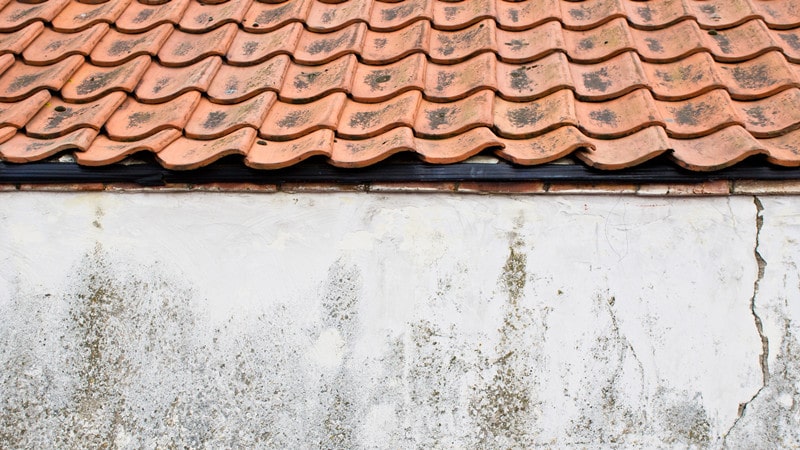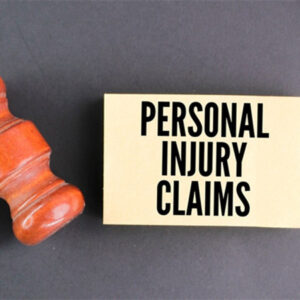
Housing disrepair claims are a legal process that a tenant can initiate against their landlord when a property is deemed to have fallen into disrepair. This can include dampness, mould, leaks, broken heating systems, or structural issues threatening the tenant’s safety or health.
Every tenant deserves to reside in a secure and comfortable environment. When a landlord fails to meet their responsibility to keep their property in good repair, the tenant may have a case to pursue legal action against them. This process typically involves bringing a claim against the landlord, which can lead to various outcomes, including repairs being carried out, compensation paid to the tenant, or a combination of both.
What repairs is my landlord liable for?
As established through the Landlord and Tenant Act of 1985, landlords must ensure that their properties remain well-maintained and in good repair. This legal obligation provides tenants with the necessary protection and assurance that their living conditions will remain safe and habitable. They are responsible for repairing any defects or damage during your tenancy unless your actions or negligence caused them. Some examples of repairs that your landlord is liable for include:
- Structural damage: This includes issues with the foundations, walls, roof, and windows of your property. Your landlord is responsible for repairing any damage or defects that affect the structure of the building, as well as ensuring that it is safe and stable.
- Plumbing and heating: Your landlord is responsible for maintaining your property’s plumbing and heating systems. This includes repairing leaks, blocked drains, and faulty boilers or radiators.
- Electrical systems: Your landlord is responsible for ensuring that all electrical systems in the property are safe and in good working order. This includes repairing faulty wiring, switches, sockets, and appliances.
- Damp and mould: Your landlord is responsible for repairing any issues with dampness and mildew in your property, as these can pose a risk to your health and well-being. This includes identifying and addressing the root cause of the problem and taking preventative measures to ensure that it does not re-occur.
- Pest infestations: If your property is infested with pests such as rats, mice, or bedbugs, your landlord is responsible for taking action to eradicate the problem and prevent it from happening again.
- Safety features: Your landlord is responsible for ensuring your property is safe and meets all necessary safety requirements. This includes installing smoke alarms and carbon monoxide detectors and ensuring a Gas Safe registered engineer checks gas appliances annually.
Possible consequences of leaving disrepair issues unresolved
Disrepair issues are common problems homeowners and tenants face, particularly with ageing properties. These issues can range from minor repairs, such as fixing a leaking tap, to more extensive works, like repairing a damaged roof or a malfunctioning HVAC system. While it might be tempting to put off addressing these issues, unresolved disrepair can lead to severe consequences that can have long-lasting effects on both the property and the inhabitants of it.
One of the most pressing consequences of leaving disrepair issues unresolved is a significant reduction in the property’s value. If repairs aren’t carried out promptly, it can lead to more damage, which will affect the structural integrity of the building. It might include dry rot, mould, or even subsidence, all of which can make it expensive and time-consuming to carry out repairs.
As a result, the property might become unsaleable as the extent of the damage will put prospective buyers off. Even if a sale is possible, the lack of repair will mean the property will not command the same price as the one adequately maintained.
Another consequence of unresolved disrepair issues is the potential health hazard it poses to the occupants of the property. Damp and mould, for instance, can cause respiratory problems, allergic reactions, and skin irritation. If left unaddressed, they can lead to long-term health problems that can be expensive. Electrical faults or gas leaks can also seriously threaten the occupants’ safety as they can cause fires and explosions.
Additionally, unresolved disrepair issues might attract vermin and other pests such as rodents, insects, and birds. These pests can cause physical damage to the property by gnawing or burrowing, but they can also pose a health risk by spreading diseases and contaminating food and water supplies. Pests can also reproduce quickly, making controlling and eliminating them difficult.
Furthermore, unresolved disrepair issues can lead to disrepair claims. Failing to do so in cases where a landlord is responsible for repairs might give the tenant grounds to take legal action. This can lead to expensive legal fees, damages, and even eviction. In some cases, the authorities might get involved, and the proprietor might face fines or prosecution.
How do I find out if I’m eligible for housing disrepair compensation?
If you have been living in substandard housing or experiencing issues with your property that your landlord has failed to address, you may be eligible for housing disrepair compensation. To determine if you qualify for this type of compensation, it is important to seek the advice of expert solicitors who specialise in housing disrepair cases.
The professionals at ClaimExperts.co.uk can provide valuable legal insight into your situation. With their help, you can assess your eligibility and take the necessary steps to seek the compensation you are entitled to.








